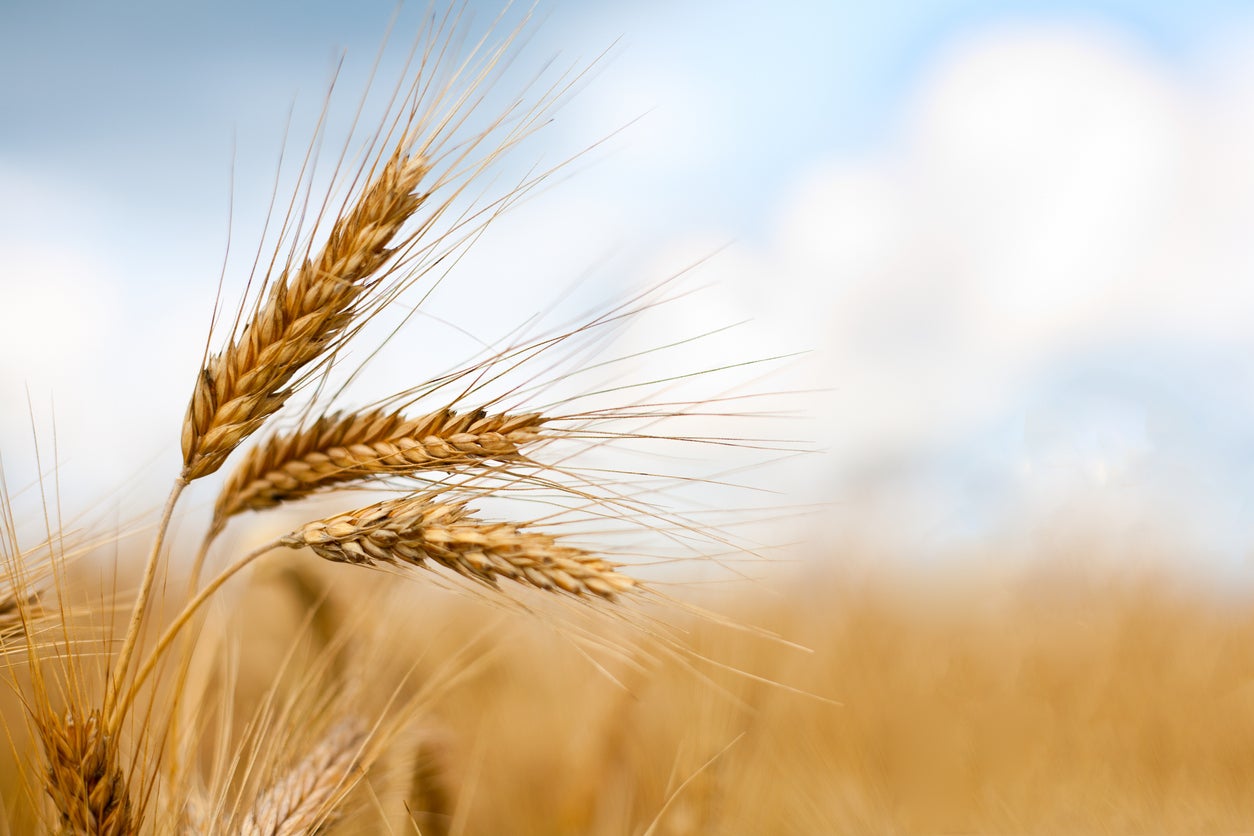Harvesting Small Grains: How And When To Harvest Grain Crops


Grains provide the basis of many of our favorite foods. Growing your own grain allows you to control whether it is genetically modified and what chemicals are used during production. Harvesting small grains as an individual can be tricky, without big threshing machines, but our ancestors did it and so can we. Knowing when to harvest grain is the first step, but you also need to know how to thresh, winnow, and store it for best results.
When to Harvest Grain
Learning how to harvest grains is crucial for the small farmer. Each type of grain will ripen at a slightly different time, so you need to know how to recognize ripe seeds and then step into the world of reaping. If you are lucky, you will have a small combine and the grain harvest is a breeze. The rest of us will have to do it the old-fashioned way.
Before harvesting small grains, you need to know when they are ready. To recognize ripe grain, take a seed and press a fingernail into it. No liquid should ooze out and the seed should be relatively hard. The entire seed head will nod forward with the weight of the ripe grain.
Winter grain harvest is ready around early July, while a spring sown crop is ready late in July to early August. These harvest dates are just generalities, as many conditions can change the ripening date.
The overall color of the plants will change from green to brown. Some warm-season grains are ready in three months, but those winter varieties can take up to nine months to mature.
How to Harvest Grains
Once you know your crop is ready, harvesting grains can be done a couple of different ways. If you have a combine, you just drive around the crop and let the machine do its work. The back to basic method is a little more labor intensive but not difficult.
Use a scythe or similar tool to cut down the stalks. Bundle the stalks together and hang them to dry for about two weeks. Test a couple of seeds by biting into them. If the seed is dry and crunchy, it is ready to harvest. Before harvesting grains, spread a tarp out to catch the seed.
Sign up for the Gardening Know How newsletter today and receive a free copy of our e-book "How to Grow Delicious Tomatoes".
Threshing and Winnowing
To get the seed off the stalks, rub with your hands or beat the seed heads with a bat or dowel. You can also bang them against the inside of a clean garbage can or other bin. This is called threshing.
Next you need to separate the seeds from the other plant material, or chaff. This is called winnowing, and may be done in front of a fan by pouring seeds from one container to another. The fan will blow away the chaff.
Store the seed in containers in an area below 60 degrees F. (15 C.) or freeze it in sealed bags. Mill the seed as needed and store for up to six months in dry, cool, sealed conditions.

Bonnie Grant is a professional landscaper with a Certification in Urban Gardening. She has been gardening and writing for 15 years. A former professional chef, she has a passion for edible landscaping.